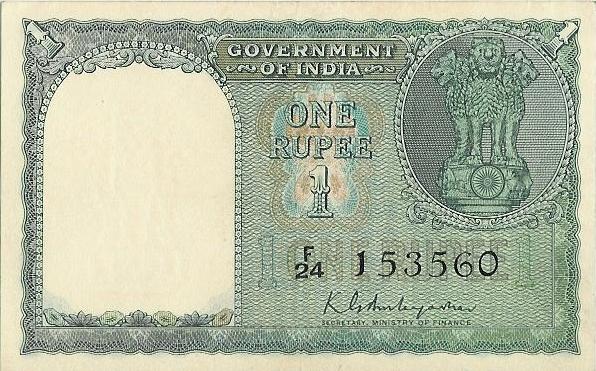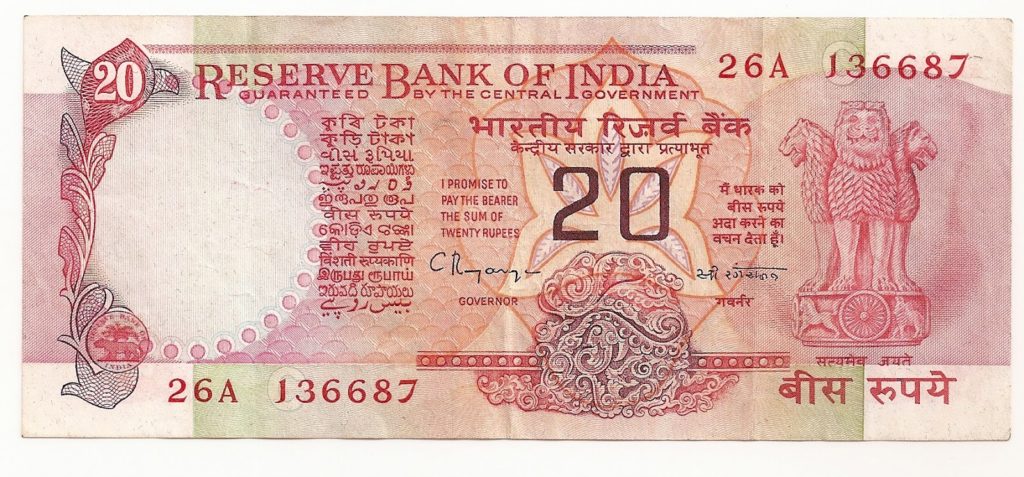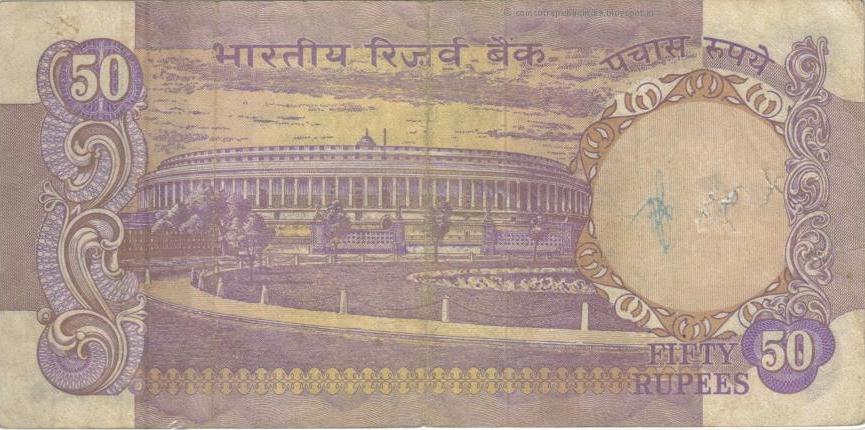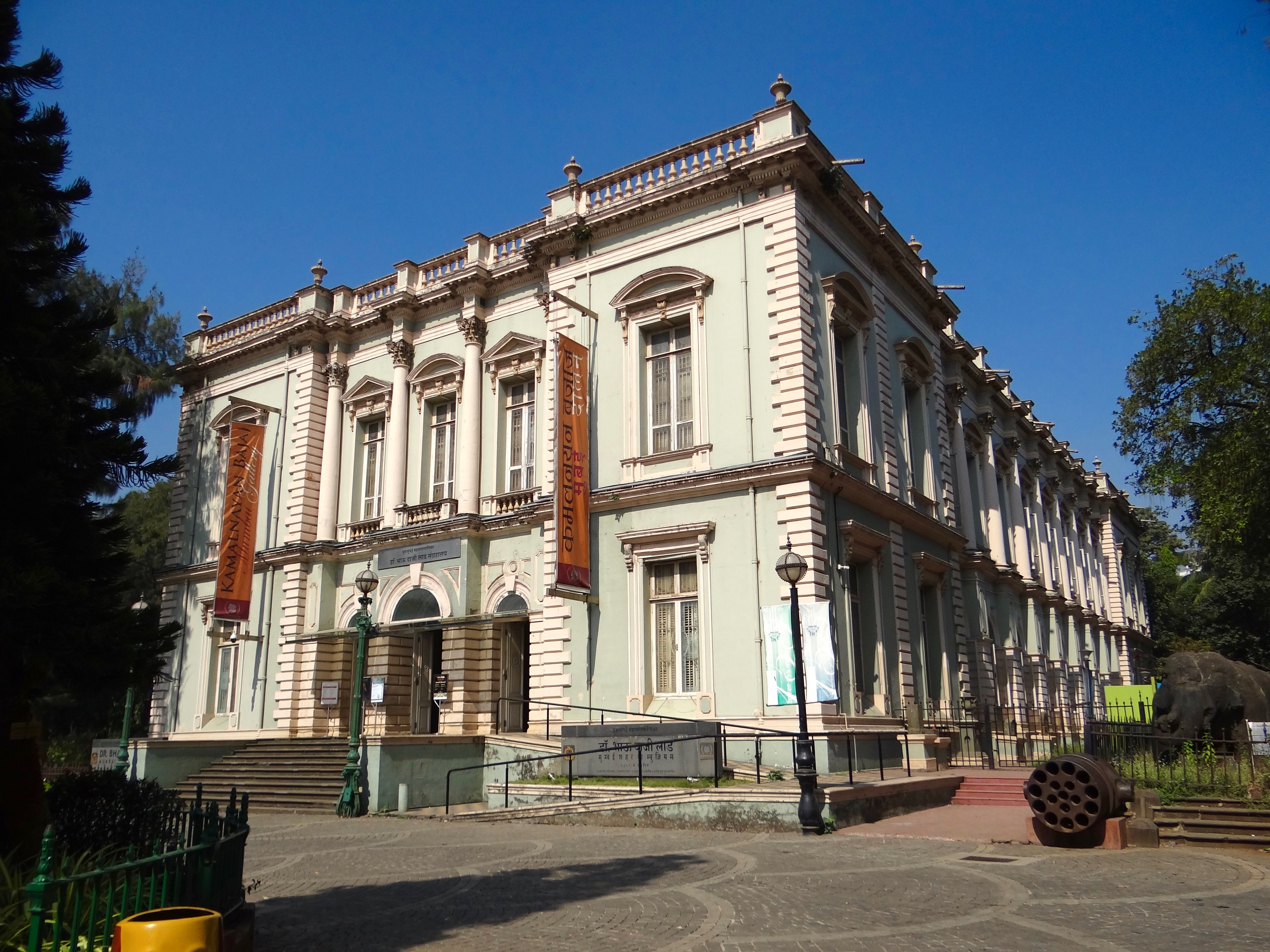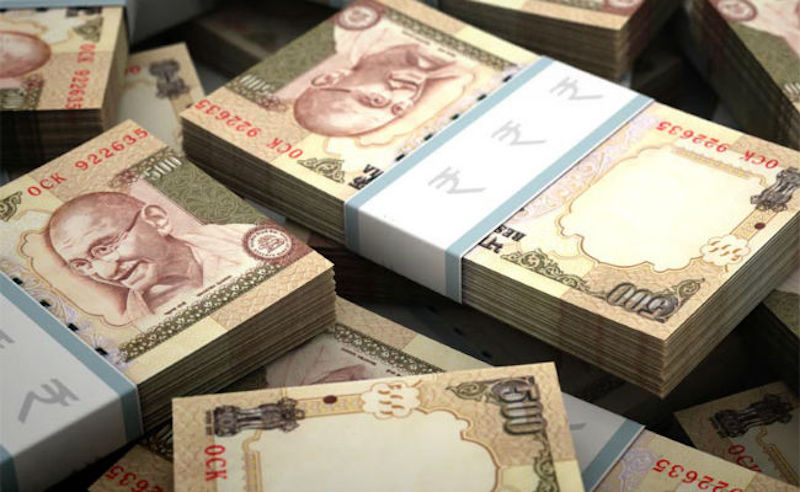
Indian Currency Notes Before Gandhi
What Did The Indian Currency Notes Look Like Without Gandhi
Did you know Indian currency notes never had Gandhi on them till recent?
A friend recently came across a very suspicious looking Rs. 20 note. The note not only looked different from the ones in normal circulation but also had something missing, or rather someone. There was no Gandhi staring back at you! Was this a fake note?
My friend then searched the internet and realised she had stumbled upon numismatic treasure. The note that she had gotten as change was indeed a very rare note which was in circulation 50 years ago! And of course I got curious. Did the Republic of India always have Gandhi on its currency notes? The answer is no.
From Independence To Rupaye
When India gained independence from the British in August, 1947, there were many political and legislative rules and norms to make. India didn’t even have a constitution. So printing new Republic of India notes was not possible. Till 1950, George VI British India notes were valid currency. At that point we had Rs.5, Rs.10, Rs.50 and Rs.100 notes. The Re.1 note was issued for the first time in 1949.
An interesting fact, the notes just after independence read- I Promise To Pay the Bearer On Demand The Sum Of _____. The ‘on demand’ has now disappeared from your notes, did you notice?
Here is another interesting part, a year before Independence in 1946, India had a booming black market. Back then there was no Paytm or Credit card so the government would issue huge denomination notes. Till 1946 Rs. 1000, Rs. 5000 and Rs, 10,000 notes were in circulation. That’s a lot of money, isn’t it? So to curtail the black market and get more tax, India experienced its first demonetisation where Rs. 1000, Rs. 5000 and Rs. 10,000 notes were devalued. So folks, PM Modi wasn’t the first.
First Notes
In 1950, India adopted its constitution and things began to be branded Indian. This meant that Indian currency had to change from George VI to something Indian. At that point they decided to keep the design of the notes same but do away with the sovereign’s face.
Gandhi was suggested but with common opinion the National Emblem was voted as the popular choice. So the Ranchi Stupa with its 4 lions was printed in place of George VI. On the reverse was the Indian Parliament.
Indian currency in 1950 was printed only in English no Hindi or any local lingo. There was a huge debate about the plural of Rupee in Hindi- should it be Rupaya or Rupaye? Finally they settled on Rupaye. Come on, fish your notes out and check what your note says!
Did you know there was a phase when Rs. 10 freshly mined notes had the Hindi words ‘Dus Rupaya’ on it. Those notes have high numismatic value today.
In 1953 the government decided to print currency notes which had Hindi alongside English. Thus today, Indian currency had not two but 17 languages of the 22 official languages in the country. This makes India the only country in the world to have 17 languages on its notes, no one has surpassed Indians yet.
1954 saw the reintroduction of Rs.1000, Rs.5000 and Rs.10,000 notes but they were again demonetised in 1978 because of the raising black market.
Indian Currency Evolves
A decade later in 1967, the government realised that the notes were too huge in size. It not only wasted paper but also didn’t fit in a wallet! So they had to reshape the notes into proper sizes that actually fit in the hands of the bearer.
1967 is the first time that Gandhi actually appeared on Indian currency. As a Birth Centenary celebration, Gandhi was depicted seated in the Sevagram Ashram.
In 1972 India got its first Rs. 20 notes. The very same note that my friend acquired by sheer luck!
In 1975, the Rs. 50 notes were issued but they were real fishy. These Rs. 50 notes had like the others the Indian Emblem and the Parliament on the back and yet the Parliament building didn’t have the tricolour!
The notes issued in the 1980s were according to me the best ones that the Reserve Bank has ever printed. They were about India’s progress in Science, Technology, Arts, Development and Biodiversity. The Re. 1 had Oil Rigs, Rs. 2 notes had the mathematician Aryabhatta on it, Rs. 5 had Farm Mechanisation, Rs. 20 had Indian Art Forms and Rs. 10 had a peacock or the Konark Wheel.
This all was changed when the RBI introduced the Gandhi series in 1996 staring with the Rs. 500 notes. These series have been etched in our brains, the old notes forgotten. Yet I would like to throw a question across to you- which notes according to you might have been the best? I would love to know your suggestions on the Indian notes, comment below to let me know.
————————
Share this article
———————–
Read about the Indian Independence Movement-
———————-
Picture Curtesy- Google Images





